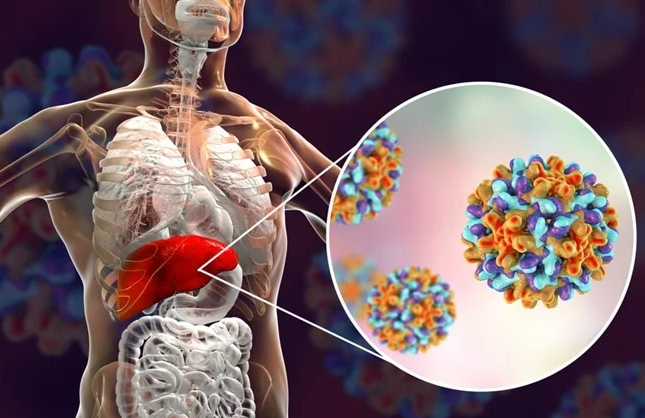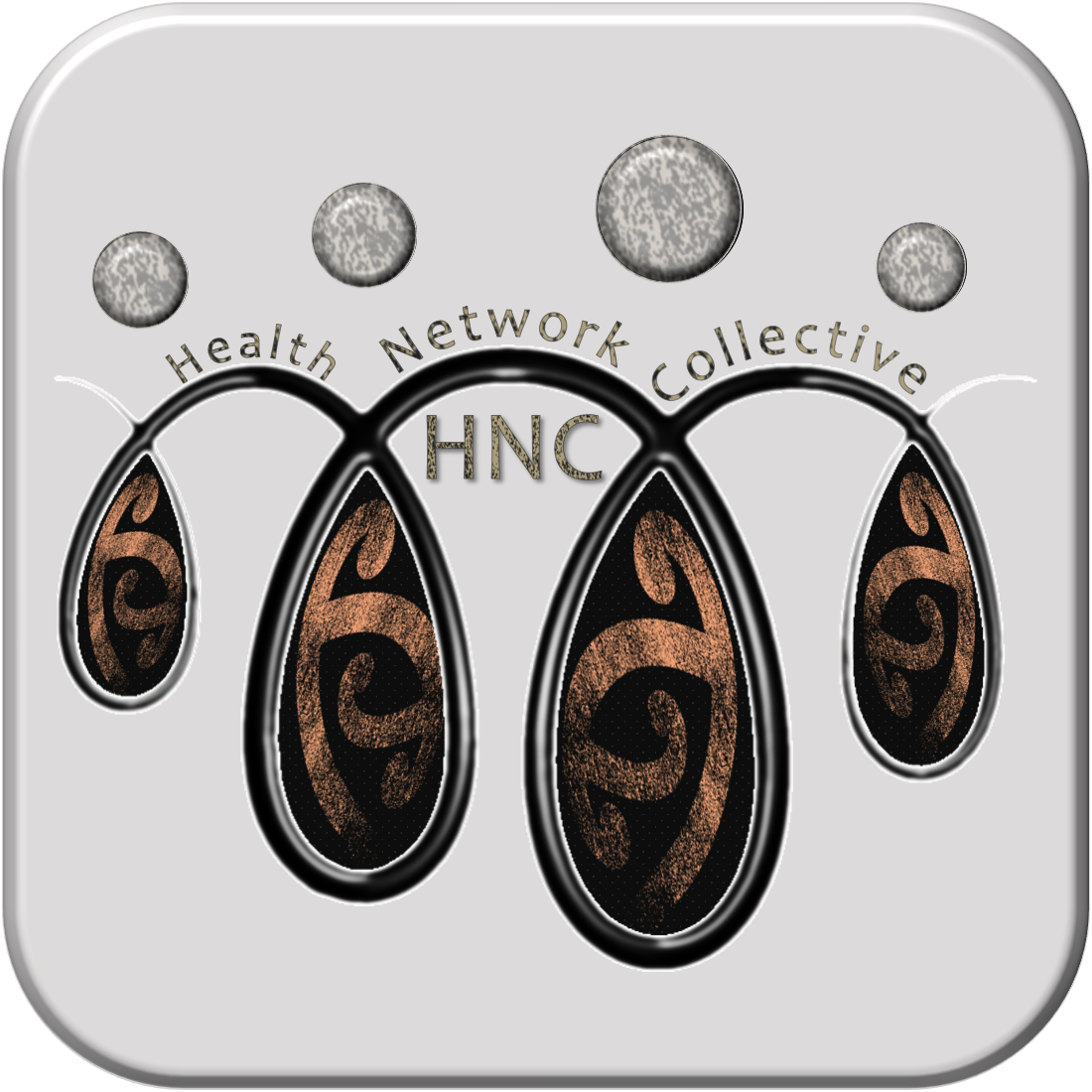Back to: Hepatitis C, an introduction
During the course of this lesson, we really do recommend you click on the links within the lesson and read the supporting online material and resources, as you come across them. This lesson is a rapid-fire quick overview of Hepatitis C, it does contain the important parts that will help develop your understanding of the virus, the disease, and the impact on the lives of our wai ora impacted by HCV. Bearing in mind our esteemed colleagues, senior professors and consultants who work with Hepatitis, have likely studied and worked in this field for a minimum of a decade (and collectively hundreds of years) in order for us to have access to the information and understandings we do, let alone the testing and treatment protocols.
All adults, pregnant women, and people with risk factors should get tested for Hepatitis C

Overview, Hepatitis: Hepatitis means inflammation of the liver. Our liver process’ nutrients, filters blood and helps in fighting infections. The liver is one of our vital organs. When the liver is damaged or becomes inflamed its function is affected. Heavy alcohol use, certain toxins, some prescribed medications, some illicit drugs and many health conditions can cause hepatitis.
Hepatitis is most often caused by a virus, the most common types of viral hepatitis are Hepatitis A, Hepatitis B and Hepatitis C. All types of viral hepatitis cause and present with similar symptoms, however they are spread in different ways, have different treatments, with some types more serious than others. In very general terms, and we will discuss in more detail in a future lesson, once you have had hepatitis virus in your blood, you will have antibodies to that virus present in your blood.
Please download the Learning Resource ” Hepatitis C General Fact Sheet, CDC“
Hepatitis C (HCV) Hepatitis C is a bloodborne virus that is can cause liver disease, specifically inflammation of the liver. We will go into more depth in following lessons on what the does, transmission or how it can infect you, and more. Hepatitis C is transmitted through exposure to blood that carries the virus. The virus can cause sudden (acute) serious illness, or lifelong – long term (chronic) infection that may range from no to mild illness or potential development of later in life liver disease (cirrhosis) and cancer(s). Acute and chronic HCV infection can be potentially life threatening. Of the people that are infected around 30% will naturally clear the virus from their bodies within 6 months of infection. These people will still test antibody positive with the POCT test you will be learning on this course. No one really understands why some people’s natural defences clear the virus and others do not. Unlike Hepatitis A and B that do have vaccine, there is no vaccine for HCV.
Any person meeting, or suspected of meeting, any of the following Acute Hepatitis C criteria needs to be referred to and assessed by a qualified medical authority.
Acute Hepatitis C: By definition when we are discussing acute hepatitis C, the HCV infection presents with signs and symptoms (the infected person becomes symptomatic) within six (6) months of infection. In basic terms, the recent HCV infection makes you unwell. The signs and symptoms will possibly present as some or all of the following;
- Yellow appearance of the skin or the whites of the eyes.
- This is a condition called jaundice. Jaundice is caused by, in the case of HCV infection, the inflammation of the liver causing ducts in the liver to block raising bilirubin levels. (We will discuss bilirubin in more detail in a following lesson). The excess bilirubin circulates in the blood eventually dissolving into fat under the skin (subcutaneous fat) causing the yellowish appearance of the skin and the whites of the eyes.
- Not wanting to eat.
- Described as anorexia. When used in describing the loss of appetite associated with acute hepatitis C we are describing the loss of appetite, not to be confused with the condition Anorexia Nervosa that is a serious eating disorder.
- Upset stomach, possibly with throwing up.
- People may present with upset stomachs and possibly vomiting with stomach (abdominal) pains.
- Fever, joint pain and tiredness
- They might have a fever (febrile) and joint pain (arthralgia), commonly associated with fever and they will have tiredness that comes from fever and the body fighting illness.
- Dark urine and light-coloured poo.
- With illness from HCV infection, or becoming symptomatic (showing signs of illness), liver inflammation results in bilirubin levels above normal. So the body disposes of the excess bilirubin in urine instead of via the intestines and stools (poo), as occurs in well people. Therefore, the bilirubin causes the appearance of light-coloured stools (lower levels of bilirubin) and dark coloured urine (increased amounts of bilirubin).
Chronic Hepatitis C : By definition when we are discussing chronic hepatitis C, the HCV infection can remain asymptomatic for the person’s lifetime. This person is carrying HCV however has not developed signs or symptoms (become symptomatic) with six (6) months of being infected. This person may be an infection risk to other people if they are exposed to the infected persons blood regardless of being symptomatic or asymptomatic.
Early indicators of possible chronic HCV infection may include one or more of the following, however are not limited to;
- A history of or current behaviours that are suggestive of ‘at risk behaviours’ for exposure to HCV. (We will go further into at risk behaviours in an upcoming lesson in this section).
- A generalised feeling of being unwell.
- Constant feeling of tiredness (Fatigue).
- Depression. Let’s reflect back to section 2 of this course, ‘Lesson 6 POCT Medical in Confidence‘ and our brief look at a description of mental health. This combination of not quite feeling well over months or even years, with constant tiredness is very fitting of that description. So, in this case hepatitis C infection is creating an impact on mental health. Our perception of this individual’s illness may be that we see ‘laziness or health-anxieties’ Here’s that description again; –
- Mental Health The World Health Organisation (WHO) constitution states: “Health is a state of complete physical, mental and social well-being and not merely the absence of disease or infirmity.” An important implication of this definition is that mental health is more than just the absence of mental disorders or disabilities. Mental health is a state of well-being in which an individual realizes his or her own abilities, can cope with the normal stresses of life, can work productively and is able to make a contribution to his or her community.
- Chronic HCV infections, in the absence of the infected person undertaking testing of their own accord, might be detected during screening for blood donating, or routine blood tests with routine medicals if HCV is a part of the routine medical screen.
- Later in life, possibly decades after infection, HCV may present as cirrhosis of the liver (scarring of the liver) and or liver cancer. Chronic liver disease is a slow progressively worsening condition often without signs or symptoms over several decades. And can lead to significant long-term health and medical care requirements.
